Arts Finals
1/125
There's no tags or description
Looks like no tags are added yet.
Name | Mastery | Learn | Test | Matching | Spaced |
|---|
No study sessions yet.
126 Terms
Themes in art
The following are themes in art:
clay
oil paint
graphite
charcoal
tempera
wood
Complete the sentence.
Themes in art are often messages about _________, __________ or human nature, and are usually __________ rather than explicitly stated
life / society / implied
Themes in Art (Part 2)
The following are themes in art:
animals
conflict
the figure
landscapes
nature
religion
power
Many Renaissance, Minoan, and Byzantine works of art relate to which theme?
religion
What are five key themes found throughout art history?
religion, historical, power and authority, the figure, life and death
In art history, the theme of “the figure” refers to what?
the broad idea or message conveyed by the work
In art history, the theme of “the figure” refers to what?
the human body
Certain themes – such as landscape or religion, or color – are more prevalent during particular movements or _______________.
time periods
Before the Renaissance, there was no concept of ________.
artist
Who is the woman in the Mona Lisa painting?
Lisa del Giocondo, a merchant's wife.
In the video, the narrator proposes we stop using terms like “art” and “craft” and instead call it all _____.
Visual Arts
What is the artistic technique Da Vinci used that gives the Mona Lisa lifelike qualities around the mouth and face?
sfumato
What does Renaissance refer to?
Rebirth
Many cultures of the world, especially non-Western cultures, place a high value on __________ visual traditions.
preserving
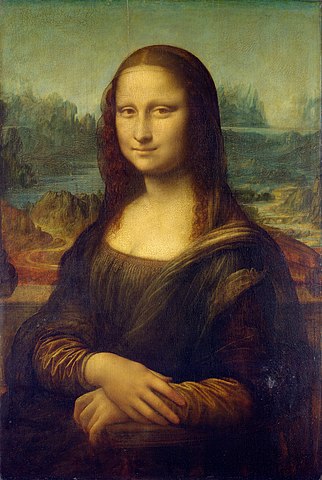
The Image was:
Painted by Leonardo Da Vinci
Not Famous until after it was stolen
example of fine art
from the art period known as the Italian Renaissance.
An example of craft art
True
During what art period was Da Vinci’s Mona Lisa painted?
Italian Renaissance
What is the value of art?
Symbolic value, historical value, religious value, patriotic value, and the value of creating.
Artwork is inextricably tied to the time and cultural context it was created in, a relationship called __________, making art a window into history.
zeitgeist
According to the Module 4.1 reading, the only value art provides is creativity and entertainment.
False
The examples below relate to which value of art?
Medieval crowns adorned with gold, ivory, and gemstones.
Renaissance paintings made from rare materials like lapis lazuli (pigment).
Material
The pertinent negative refers to the ____________ of a specific detail or behavior.
absence
In art and other scenarios, it is only helpful to notice the details in what is visible, not what is missing.
False
Art can be found____.
everywhere
What is meant by visual literacy?
The ability to examine, decode, analyze, and make meaning from visual images.
The Bauhaus convention in architecture focused on what?
form follows function
Personal needs of art include art created for delight, decoration, for political and religious devotion, and for personal catharsis.
True
Define secular.
non-religious
What were the traditional conventions of monuments from ancient times?
Statues of the individuals commemorated were placed on pedestals, columns, or inside architecture.
Catharsis refers to what?
the process of releasing pent up emotions resulting in a personal change.
A culture can be defined as _______________.
a group of people who agree about what is important
In the United States, many government buildings include what architectural element to symbolize strength and stability?
classical Greek and Roman columns
What are some of the different functions of art?
Ritual, Communication, Entertainment, Political Change, Healing, Commercialism
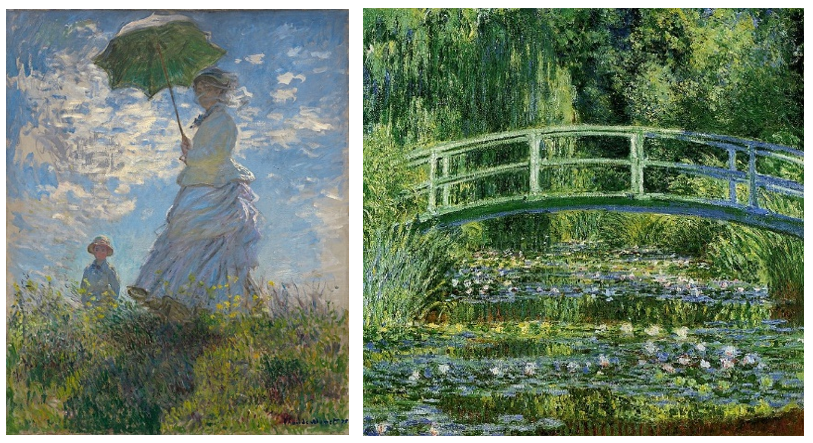
Which is TRUE about the images above?
These are two Impressionist paintings by Claude Monet.
In the world of aesthetics, what does formalism refer to?
art is the arrangement of lines, colors, shapes, and other aesthetic elements
Which applies to the aesthetic theory of mimesis?
art as imitation, also known as imitationalism and is the representation or replication of something beautiful or meaningful

William-Adolphe Bouguereau, Homer and His Guide, 1874.
TRUE or FALSE:
Some art historians believe Bouguerau’s Homer and His Guide was made as a direct response to the Impressionist painters.
False
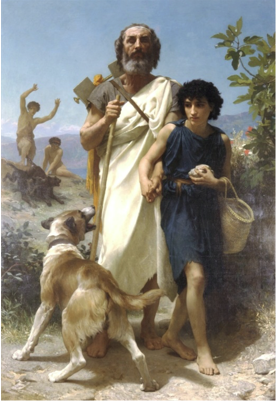
William-Adolphe Bouguereau, Homer and His Guide, 1874.
According to our studies, what do the two main figures symbolize in this painting?
The blind man is Homer, symbolizing the refined wisdom of the past and the foundation of western culture. The young man guiding him represents those who safeguard and carry on these values.
In the world of aesthetics, what does expression or emotionalism refer to?
art is the expression of subjective experiences and emotions
art is the expression of subjective experiences and emotions
The word “art” comes from the Latin word ars, which refers to what?
skill or craft
What is aesthetics?
the branch of philosophy dealing with beauty, art, and artistic taste; the philosophy of art
Bouguereau’s painting is an example of the _______ style and subject matter popular with the French ________ of the late 19th century.
classical / Academies
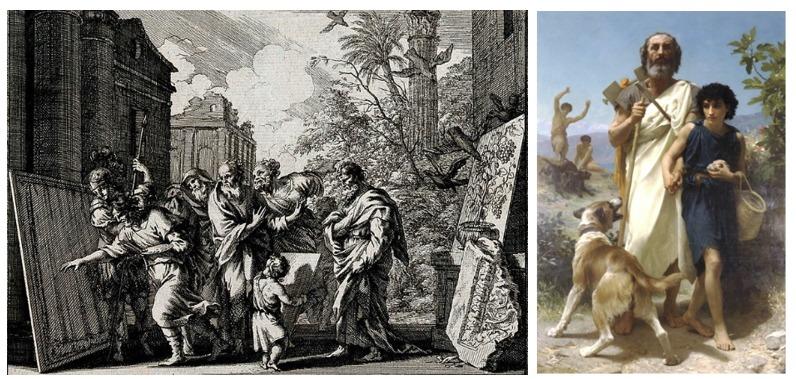
Which is TRUE about the images above?
These two artworks align with the aesthetic theory of mimesis, also known as mimetic theory and imitationalism.
During the Romantic period of the 18th century, art began to be described as not just being something done with skill, but something that was also created in the pursuit of _______ and to express the artist’s _________.
beauty / emotions
In Western culture from the 11th century through the end of the 17th century, the definition of art was anything done with ______ as the result of knowledge and _________.
skills / practice
The term "art" originates from the Latin word ars, meaning what?
skill and craft
What is avant-garde?
Refers to art that is new, different, exploratory, and ahead of its time.
Why is it difficult to define art?
The definition of art varies by culture, region, and time period.
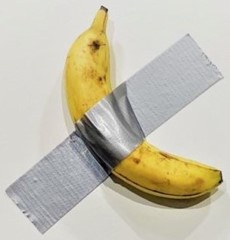
True or False?
The artwork above is an example of ______and a _____work.
Conceptualism / Readymade
Why is Marcel Duchamp’s Fountain considered an important work of art?
It is considered the first conceptual artwork. It changed the definition of art.
What is involved in the creation of a readymade?
Repurposing existing objects and materials to make new works of art.
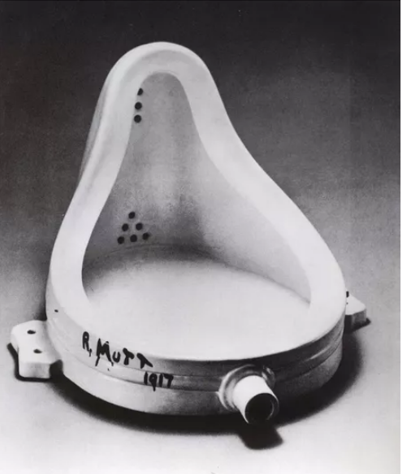
Who made this?
Marcel Duchamp
In conceptual art, the idea is more important than the artist's technical skills.
True
Conceptual art always values beauty and tradition.
False
What are the five components of art?
subject, media, form, style, and content
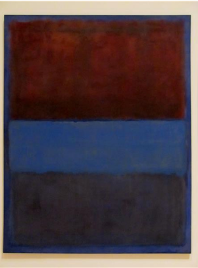

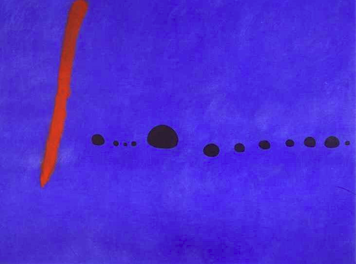
The three artworks below all fall under which category of art?
nonobjective
Another name for nonobjective art is ______________________.
non-representational
Some examples of genres are:
landscape, portrait, still life, mythology, historical, and botanicals
If the artwork contains a subject or imagery that is recognizable and stylized, distorted, or exaggerated, then the artwork is considered ______________________.
abstract
In visual art, genres is a formal art term referring to the established categories of _____________ in art.
subjects
Which is an example of a theme that could be found in art?
the conflict between technology and nature
In visual art, content can be defined as _______________.
the meaning and significance of an artwork
Any information we can gather helps us understand the work's _________, that is, for what historical, social, personal, political, or scientific reasons the work of art was made.
context
In visual art, what is a symbol?
an image or sign that is understood by a group to stand for something
In ______, rapid industrial development was underway in Western Europe and the world. Railroads made travel easier, the first skyscrapers were being built, the Eiffel tower was built, and the first commercially available motor wagon became available.
1889
The Components of Art DOES NOT include:
curator
In the components of an artwork, the content is considered what?
the "why" of an artwork
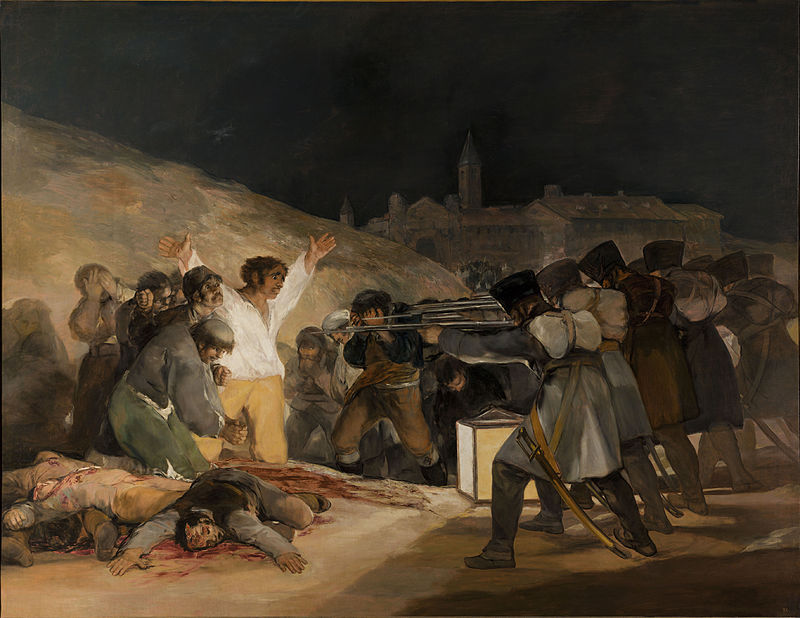
Which historical context relates to Goya's painting titled Third of May, 1808?
Napoleon Bonaparte led a French occupation in Spain and made his brother, the new king of Spain. Innocent Spanish people were brutally murdered by Napoleon's army in retaliation to an uprising.
One of the visual markers whereby the viewer can recognize the Buddha is:
elongated earlobes
Regarding Hans Holbein the Younger's The Ambassadors:
The two figures in the painting, Jean de Dinteville and Georges de Selve were _______________.
friends
Regarding Hans Holbein the Younger's The Ambassadors:
Holbein's painting includes an anamorphic image of King Henry VIII.
False
What is a memento mori?
An artistic or symbolic reminder of the inevitability of death.
Regarding Hans Holbein the Younger's The Ambassadors:
The painting contains two partially hidden images of a skull and cross.
True
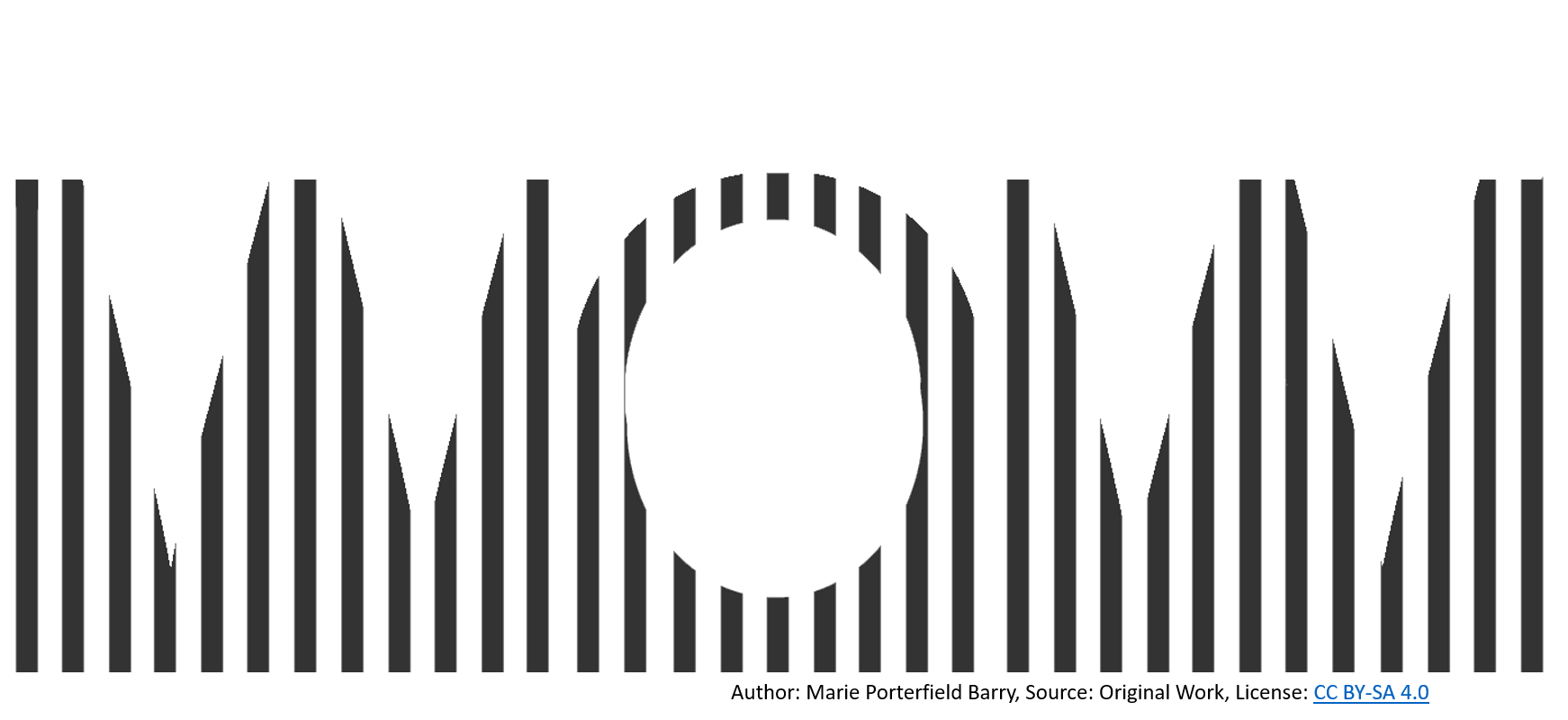
TRUE or FALSE: The image above is a strong example of perspective.
False

True or False?
This sculpture can be described as an open and organic sculptural form with actual lines on the surface and a monochromatic color scheme.
True
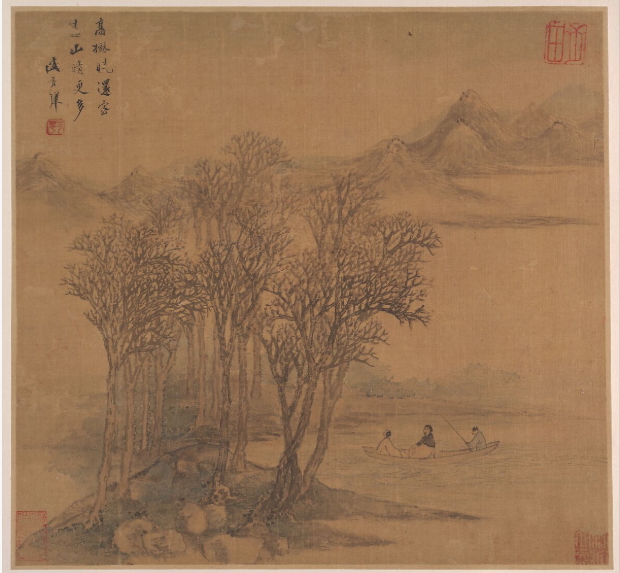
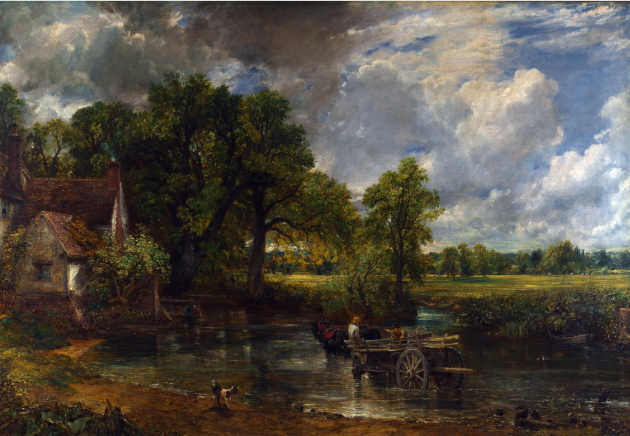
Which statement best describes how color was used in these two works?
One work is generally monochromatic, the other work uses a full range of colors.
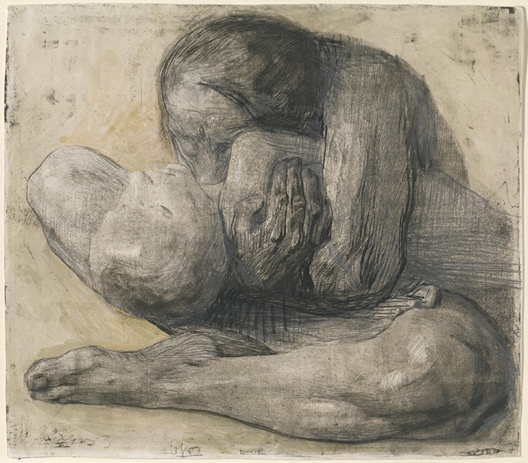
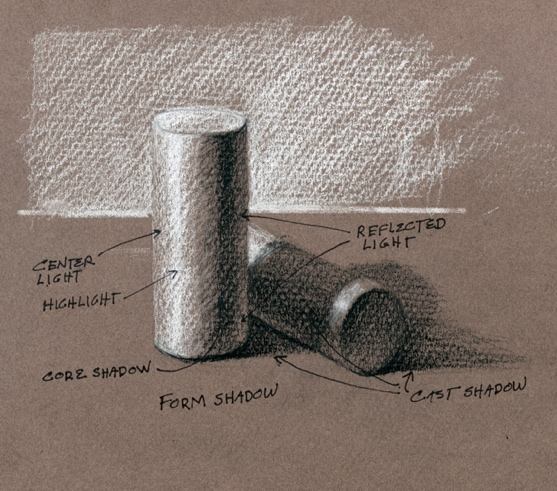
The two images above demonstrate strong use of which element of art? (choose only the strongest displayed element)
Value

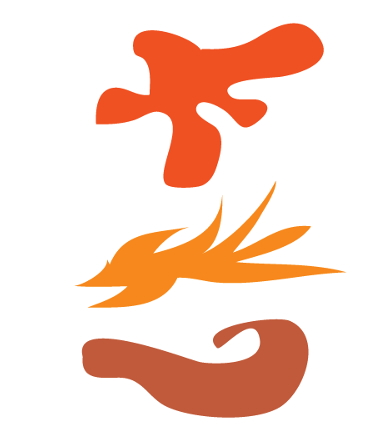
Which is correct for A and B?
Both are examples of forms
Which is TRUE about the Elements of Art?
The Elements of Art refers to elements used to create a work of art, such as line, color, texture, space, and time.
What are the three properties of color?
hue, saturation, and brightness
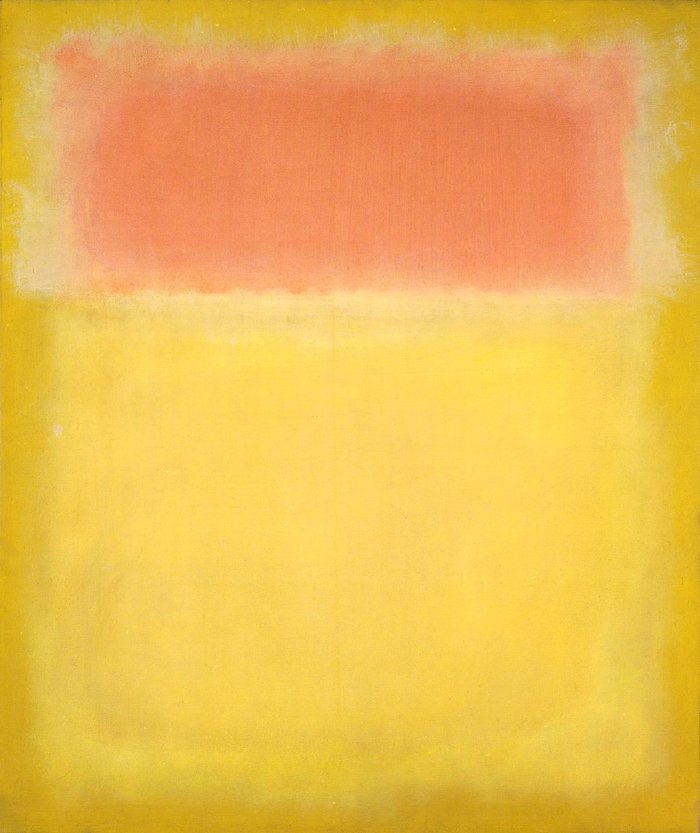
Which statement BEST describes how the elements of art are organized in this work?
This painting features an analogous color scheme.
What is the difference between 1-point, 2-point, and 3-point perspective?
1-point perspective has one vanishing point, 2-point has two vanishing points, and 3-point has three vanishing points.
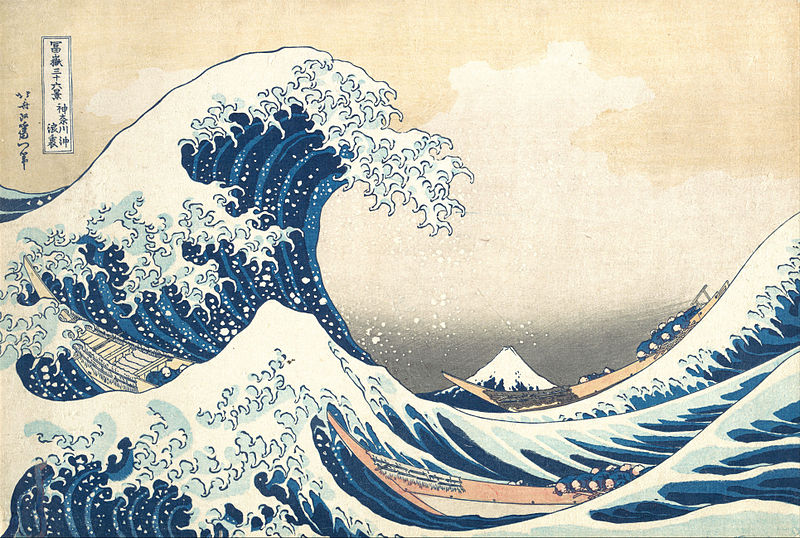
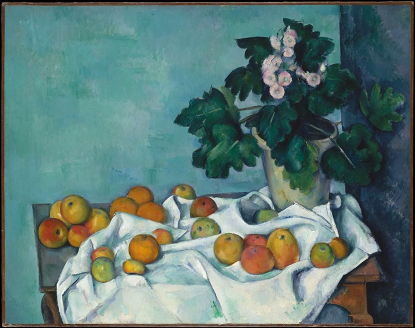
Which is correct for A and B?
Both are examples of asymmetrical balance.
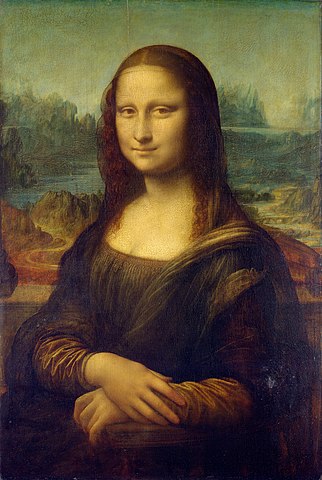
TRUE or FALSE: The image above is a strong example of rhythm, repetition, and pattern.
False

TRUE/FALSE:
There is a strong display of the principle of variety. Many different types of shapes, colors, and lines are incorporated throughout the composition.
True

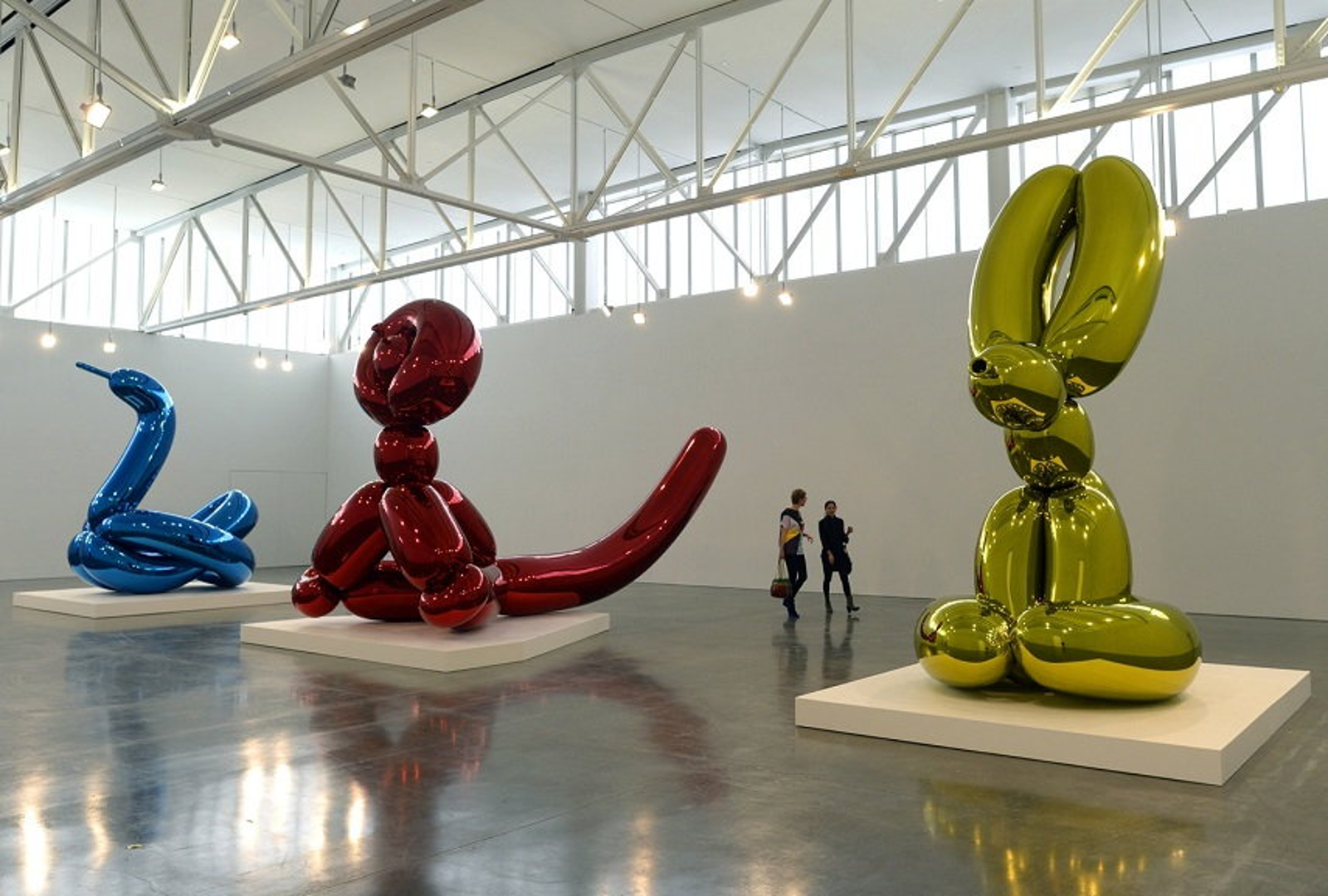
What do both these works have in common?
Both are a play on the principle of scale.
Unity is found in ___________, while variety is found in _____________.
similarity / difference
Symmetrical balance is achieved when visual weights do not correspond to one another in shape, size, or placement; they are not distributed equally in a composition.
False
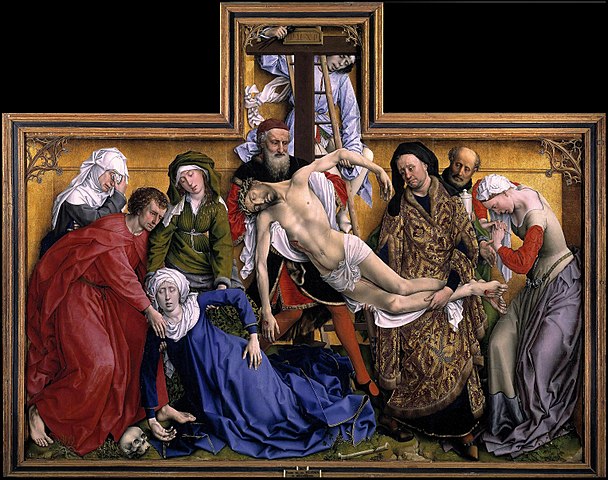
Which statement BEST describes how the principles of design are organized in this work?
There is an emphasis on Jesus and also a sense of movement created by the arms, legs, and heads of the figures.
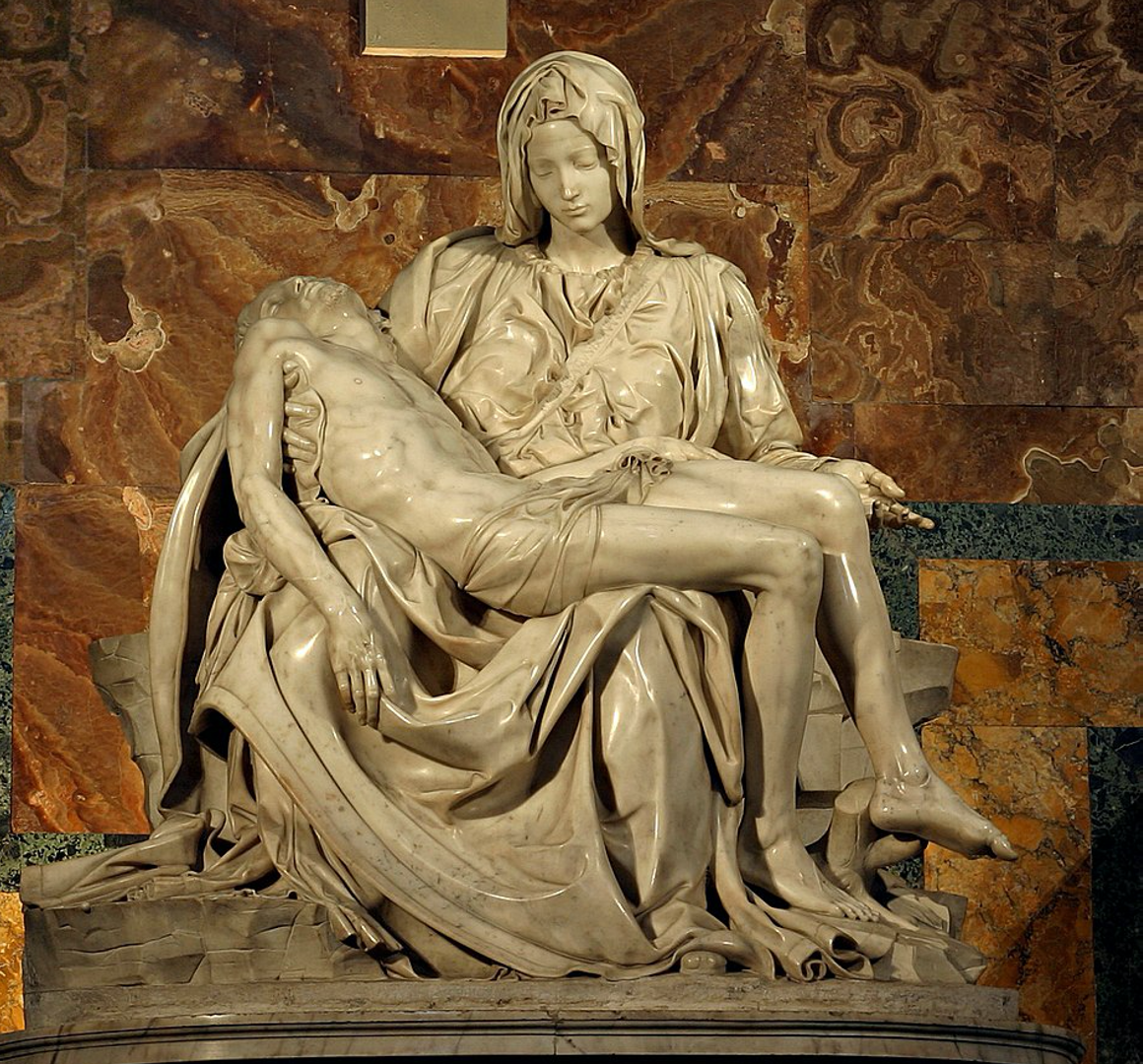
Y or N?
This sculpture demonstrates scale and proportion. Mary is holding Jesus and she is much larger than him. Her proportions are slightly exaggerated to emphasize the mother/child relationship.
Yes
In visual art, the terms media and medium both refer to the materials used to create works of art.
True
Fresco refers to what?
the process of painting onto plaster
The thing that distinguishes one kind of painting from another is the binder.
True
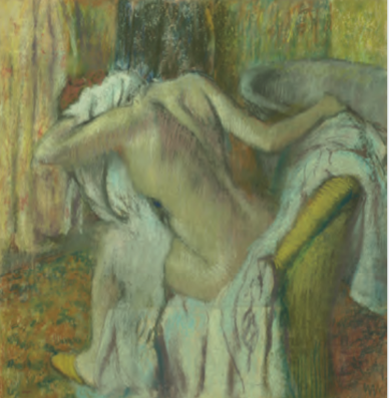
The artwork above is an example of which chalky medium?
pastels
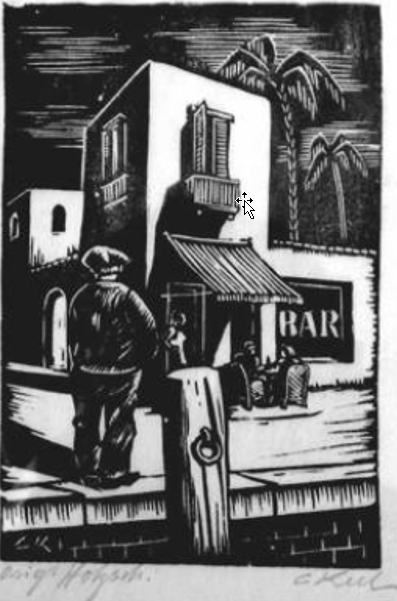
The artwork above is an example of which medium?
woodblock relief print
The difference between two-dimensional and third-dimensional art is that two-dimensional art is flat and three-dimensional art has height, width, and depth.
True
The three main ingredients of paint are:
pigment, binder, solvent
In visual art, the terms media and medium both refer to the size of the artwork.
False
Photography and collage belong to which category of art?
2-D Media
The difference between two-dimensional and third-dimensional art is that two-dimensional art is flat and three-dimensional art has height, width, and depth.
True